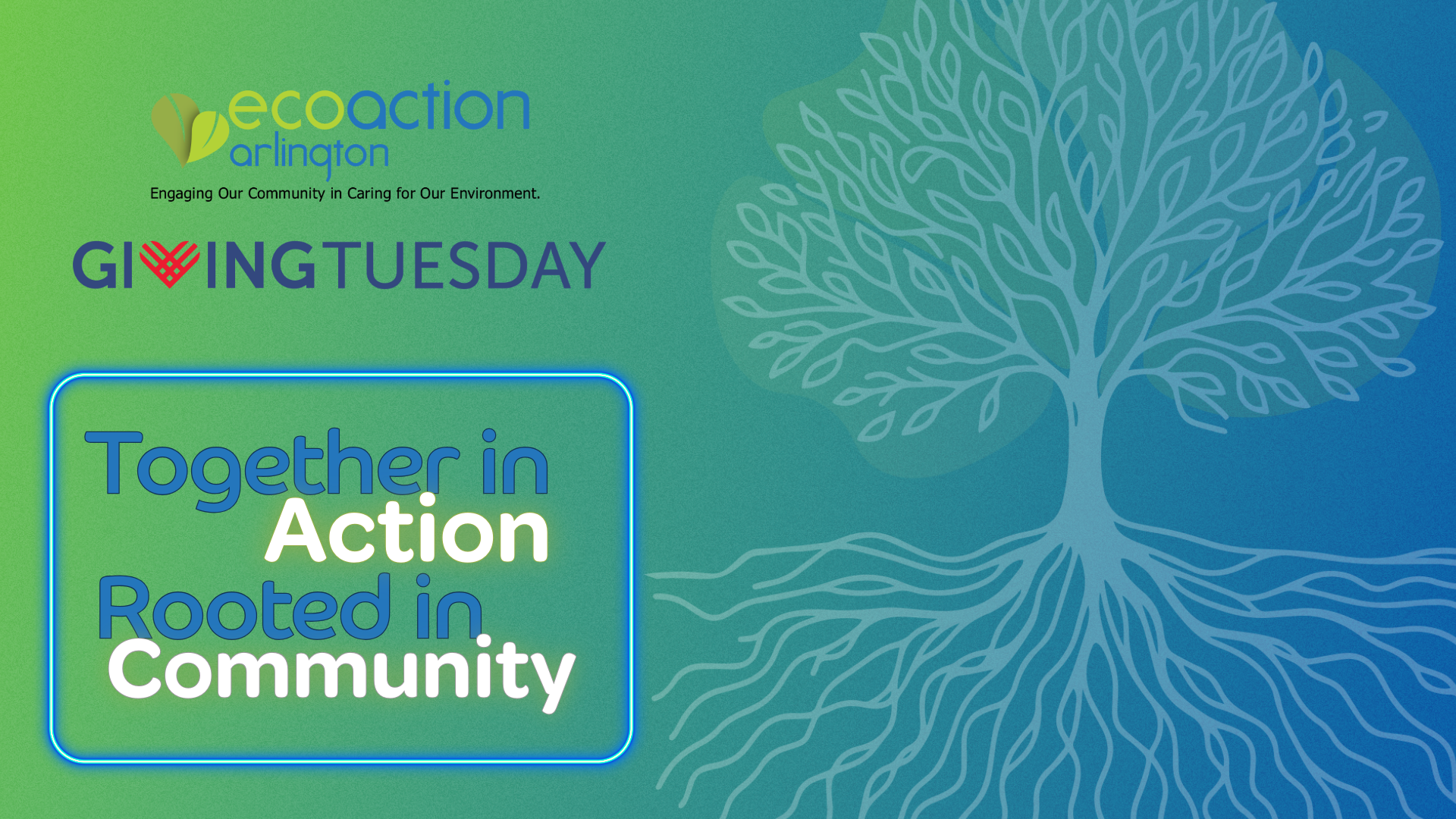 Join the Arlington Solar Co-op
Join the Arlington Solar Co-op
A new solar co-op is now being formed in Arlington. The Arlington Solar Co-op is part of a local, grass roots effort organized by’ EcoAction Arlington , the’ Arlington Initiative to Rethink Energy (AIRE)‘ and’ Virginia SUN’ (a program of Community Power Network), a local non-profit that helps communities go solar.
A final information session about how to go solar and the many benefits of participating in a solar co-op will take place on Thursday, January 15. Get details here. In the meantime, here’s the second of 3 posts on solar.
Going Solar: Part 2 of 3 ‘“ Is It a Good Fit for Your Home?
Before going solar, it’s a good idea to assess whether your property would be a good fit. Because solar is an investment, it’s important to make sure your property will produce as much energy as possible. South- facing or flat roofs with minimal obstructions are the most ideal for solar, yet solar can be utilized with east/west oriented roofs or mounted on the ground if there is sufficient space.
Luckily, solar installers will give you a free site assessment to determine how suitable your property is for solar. Here are a few things they will be looking for:
- Access to sunlight
Even a little bit of shade cast by tree, chimney, or even a power line can substantially reduce the amount of electricity produced and so solar panels should be positioned away from any shade during peak daylight hours between 10 a.m. and 3 p.m. - Roof design and integrity
Solar panels require approximately 100 square feet of flat, uninterrupted space per KW (about 4 panels). Dormers, vents, steep gables, and other architectural features can limit the flat space available for panels. They will also check to see if roof supporting structure can handle the additional weight of solar panels (panels are not heavy and most roofs easily support the additional weight) - Roof age and type
If you are looking to replace your roof in the next five to ten years, it’s a good idea to either replace the roof before or at the same time you go solar. The panels will last more than 25 years and it can cost several thousand dollars to remove the panels to repair or replace the roof. Some roofing materials like slate may be harder to install on. - Roof pitch
Roof pitch (the angle of your roof) affects the angle at which sunlight hits the panels-,which affects energy production. Excessively steep pitched roofs can result in lower energy production and a more challenging/costly installation.
Assuming that the physical site of the property is a good fit. The next step is to determine how to size your system. This will depend on how many panels your roof or property can accommodate, the amount of energy you’d like to produce, and your budget. The average home in the U.S. uses approximately 32 Kilowatt hours of electricity per day. An optimally-sited, modest size 3 KW system (twelve 250 Watt panels) in Northern Virginia would produce roughly 11-12 Kilowatt hours of electricity per day or about a third of an average home’s energy consumption. Systems can be sized to produce all of a home’s electricity usage or a percentage. This depends on the factors mentioned above (space, budget and desired electricity production).
The percentage of electricity a solar system would produce in your home depends on a number of factors and is not as simple as just calculating your home’s square footage. Energy usage habits as well as the efficiency and makeup (gas or electric) of your home’s major appliances are big determining factors of overall energy usage. It’s very helpful to have at least a basic understanding of your energy use as well as a current electricity bill so that an installer can design a system to suit your needs and budget.
Most people going solar produce a percentage of their electricity with their system, and many people as they go solar, become aware of their energy consumption and utilize energy efficiency to reduce their energy use and maximize their solar production. Energy efficiency is an excellent complement to a solar installation and many energy efficiency services are readily available to homeowners.
Stay tuned for part 3 of this series, Going Solar: The Benefits
Read part 1: Going Solar Series: Nuts and Bolts


